Jordan is a country located in the Middle East, bordered by Syria to the north, Iraq to the northeast, Saudi Arabia to the east and southeast, and Israel and Palestine to the west.
Here are some important things to know before visiting Jordan:
Visa Requirements: Visitors from many countries can obtain a visa upon arrival, while others may need to apply in advance. It's best to check with the Jordanian embassy in your home country for specific requirements.
Safety: Jordan is considered a safe country for tourists, but it's always a good idea to exercise caution and be aware of your surroundings, especially in crowded tourist areas.
Currency: The currency used in Jordan is the Jordanian Dinar. Major credit cards are widely accepted in tourist areas, but it's a good idea to carry some local currency for small purchases and street vendors.
Language: Arabic is the official language of Jordan, but English is widely spoken in tourist areas.
Climate: Jordan has a hot and dry desert climate, with temperatures often reaching over 100°F in the summer. Winter temperatures can be cool in certain areas, so it's important to check the weather forecast and pack accordingly.
Customs and Traditions: Jordan is a predominantly Muslim country, and visitors should respect local customs and traditions, especially when it comes to religious beliefs and practices.
Jordan is a country rich in history and culture, and offers many tourist attractions for visitors to enjoy. Some of the most popular include:
Petra: One of the Seven Wonders of the World, Petra is an ancient city located in present-day Jordan that was carved into red sandstone cliffs and is considered one of the world's most famous archaeological sites. It was the capital of the Nabataean Kingdom and an important crossroads for trade in the ancient world. Some of its most famous structures include the Treasury, Monastery, and the Amphitheater. Petra was named a UNESCO World Heritage site in 1985 and continues to be a popular tourist destination, attracting millions of visitors each year.
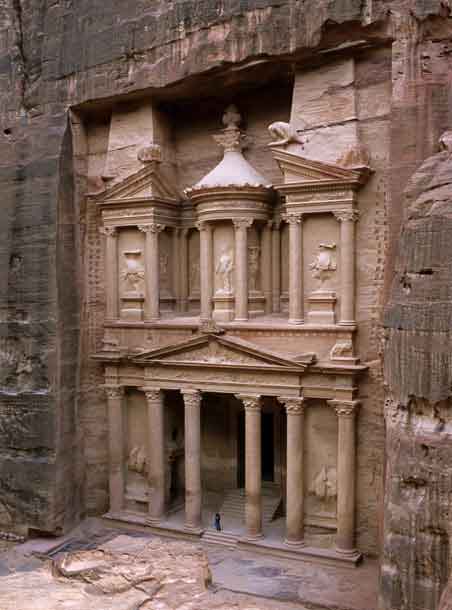
Wadi Rum: Wadi Rum is a protected area in southern Jordan that is famous for its unique desert landscape of towering red sandstone cliffs, canyons, and natural arches. It is also known for its Bedouin culture and rich history, having served as a home and crossroads for various civilizations over the centuries. Today, Wadi Rum is a popular tourist destination, offering opportunities for activities such as camping, hiking, camel riding, and stargazing.
Jerash: Jerash is an ancient Roman city located in present-day Jordan, about 48 km north of Amman. It is considered one of the largest and best-preserved Roman sites in the world, with a history dating back to the 6th century BC. Jerash features well-preserved public spaces, streets, temples, theaters, and bathhouses, showcasing the grandeur of the Roman Empire. It is also famous for its unique and well-preserved columns and arches, as well as its intricate mosaic floors. Jerash is a popular tourist destination and attracts many visitors each year who come to admire its rich history and cultural heritage.
Dead Sea: The Dead Sea is a salt lake bordered by Jordan to the east and Israel to the west. It is one of the saltiest bodies of water in the world and its high salt concentration, combined with the high levels of minerals such as magnesium, potassium, and bromine, make it a popular destination for tourists seeking therapeutic and cosmetic benefits. The Dead Sea is also known for its unique landscape, including the cliffs, beaches, and mud flats, as well as its rich history, with evidence of human habitation in the area dating back to prehistoric times. Today, the Dead Sea region is home to several luxury spa and resort developments, attracting visitors from around the world who come to relax and rejuvenate in its therapeutic waters.
Aqaba: Aqaba is a coastal city located in the far south of Jordan on the Red Sea. It is the country's only port city and an important economic hub. Aqaba is known for its rich history and cultural heritage, including the ancient city of Ayla, which dates back to the 8th century BC, and the Ottoman-era fortifications. Today, Aqaba is a popular tourist destination, attracting visitors with its warm weather, stunning beaches, and vibrant coral reefs, making it a popular spot for diving, snorkeling, and other water activities. Aqaba is also home to several hotels, resorts, and shopping centers, offering a range of amenities for visitors.
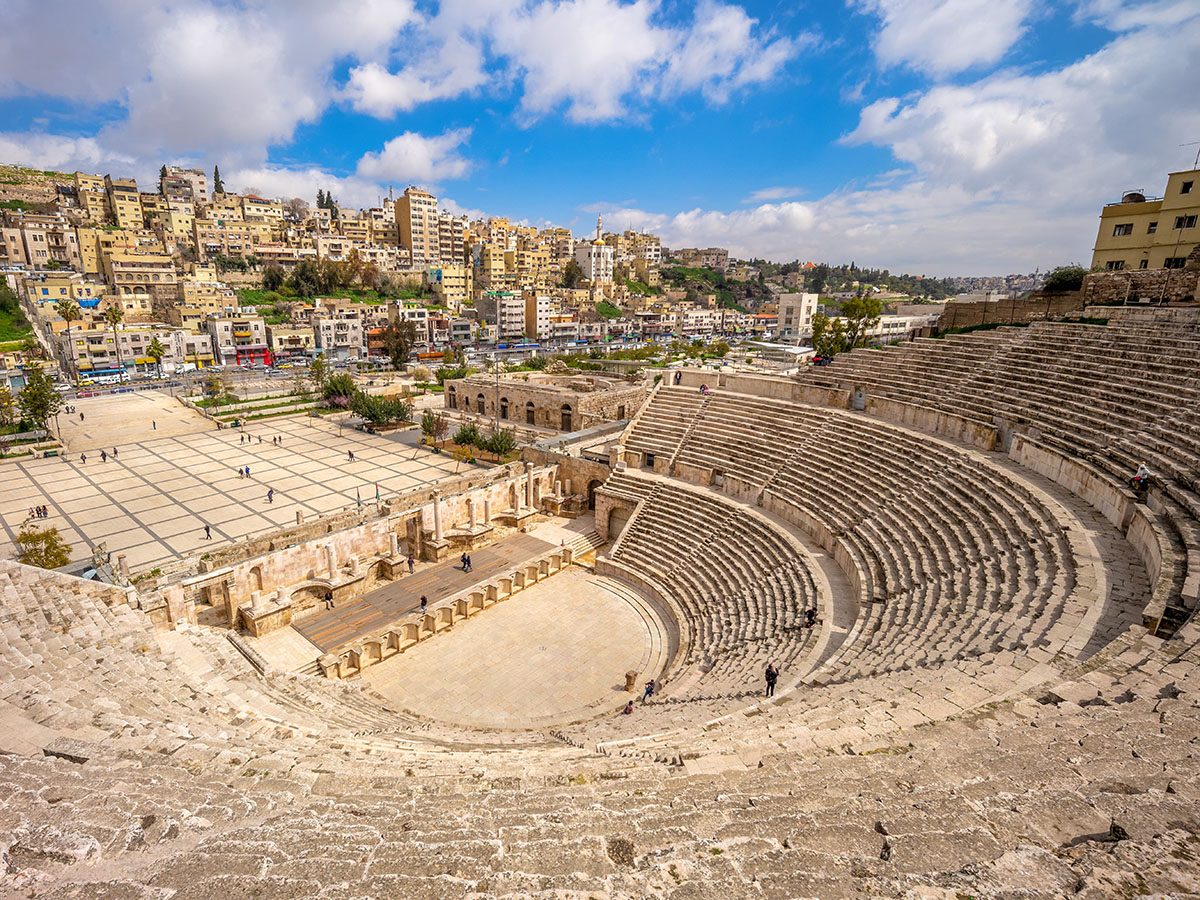
The Roman Theater in Amman: The Roman Theater in Amman, Jordan, is a well-preserved ancient theater that dates back to the 2nd century AD. The theater was built during the reign of the Roman Emperor Antoninus Pius and is considered one of the largest and best-preserved theaters in the Roman world. The theater originally had the capacity to seat over 6,000 spectators and was used for a variety of performances, including theater, music, and gladiatorial contests. The Roman Theater in Amman is a popular tourist destination and is a notable example of the city's rich history and cultural heritage. Today, the theater is still used for concerts, festivals, and other cultural events, attracting visitors from around the world.
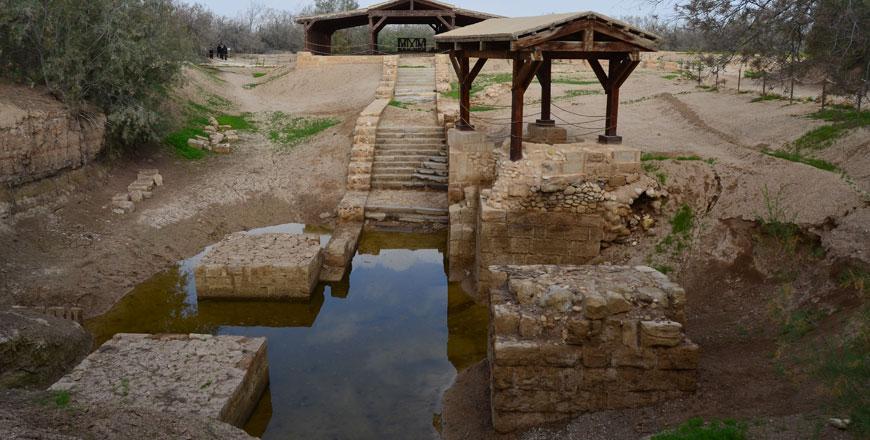
The Baptism Site: The Baptism Site, also known as Bethany Beyond the Jordan, is a holy site located in Jordan, near the Dead Sea. It is considered by Christians to be the location where Jesus was baptized by John the Baptist, and is therefore an important pilgrimage site for Christians around the world. The site features several churches and monasteries, as well as a large open-air baptistery. In 1999, the site was designated as a World Heritage site by UNESCO and is considered a symbol of peace and a place of Christian-Muslim reconciliation. The Baptism Site attracts thousands of visitors each year who come to pay their respects and take part in the spiritual significance of the site.

The Citadel in Amman: The Citadel in Amman, Jordan, is a hilltop fortress that sits atop one of the city's seven hills. It is one of the oldest and most historically significant sites in the city, with a history that dates back to the Bronze Age. Over the centuries, the Citadel has been expanded and rebuilt by various civilizations, including the Romans, Byzantines, and Ottomans. Today, the Citadel is home to several well-preserved ruins, including the Temple of Hercules, the Umayyad Palace, and a Byzantine church, as well as a museum showcasing the history of the site. The Citadel is a popular tourist destination and offers panoramic views of the city and its surroundings.
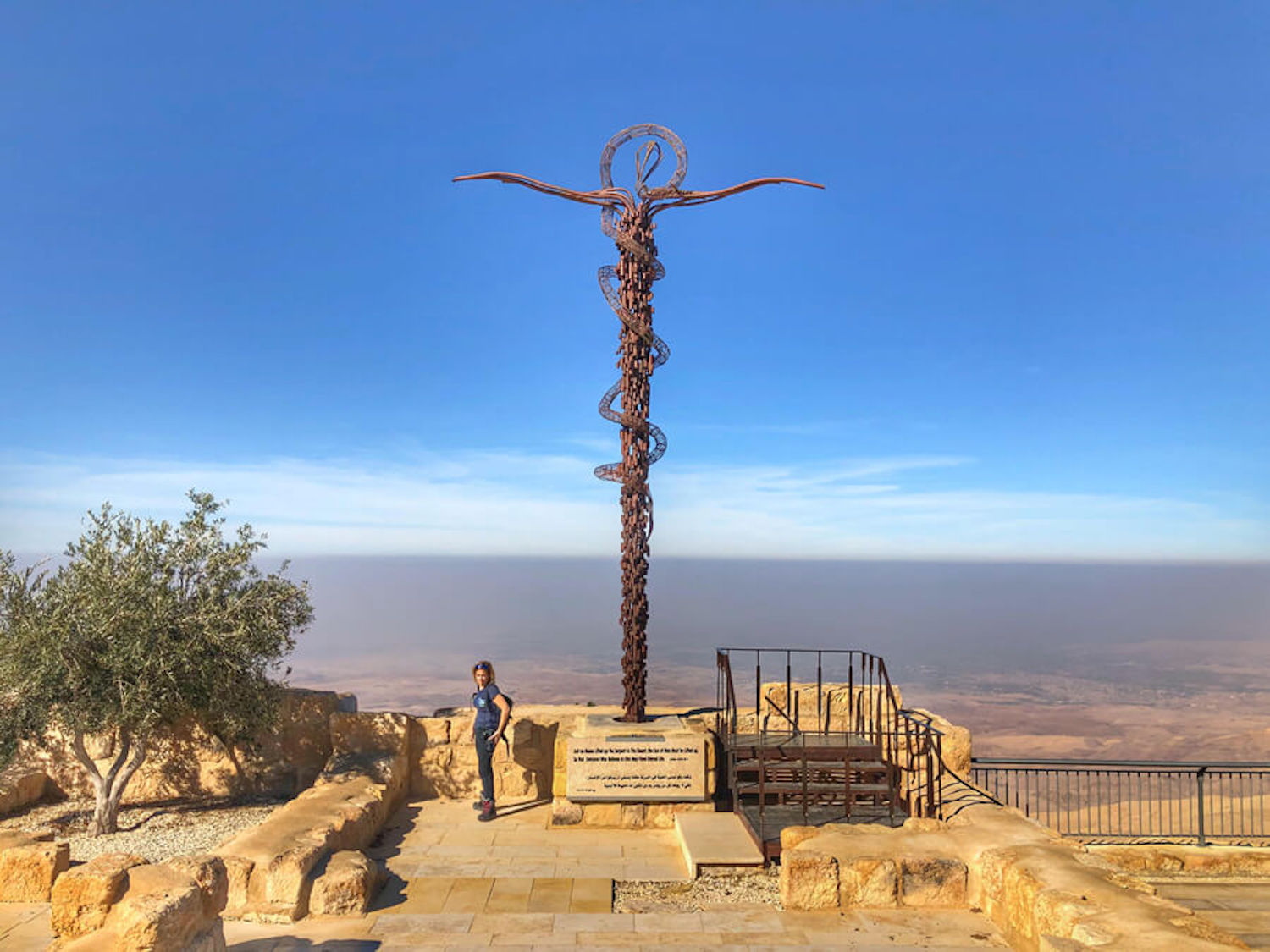
Mount Nebo: Mount Nebo is a mountain located in Jordan, believed by many Christians to be the place where Moses was granted a view of the Promised Land before his death. The site features the remains of a 4th-century basilica, as well as a museum and a panoramic viewpoint offering views of the Dead Sea and the surrounding landscapes. Mount Nebo is a popular pilgrimage site for Christians, who come to pay their respects and to appreciate the spiritual significance of the site. The mountain is also considered a symbol of the close ties between Jordan and the Holy Land and is an important part of the country's cultural heritage. Mount Nebo was designated as a World Heritage site by UNESCO in 2011.
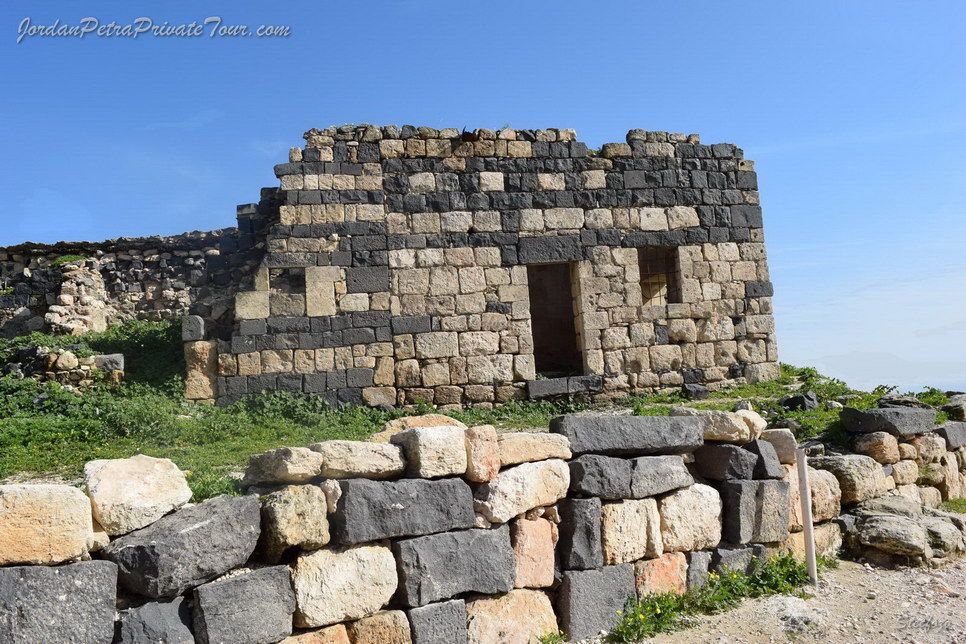
Umm Qais: is an ancient Roman city located in northern Jordan, near the city of Irbid. It was once known as Gadara, a city of the Decapolis, an alliance of ten cities in the Roman Empire. Umm Qais has a rich history and is renowned for its well-preserved ruins, including a theater, a marketplace, and a number of temples. The site also offers stunning views of the nearby Sea of Galilee and the Golan Heights. Umm Qais is a popular tourist destination and attracts visitors interested in the history and cultural heritage of Jordan and the Roman Empire. Today, the site is undergoing ongoing restoration and excavation, with the aim of preserving its rich cultural heritage for future generations.
